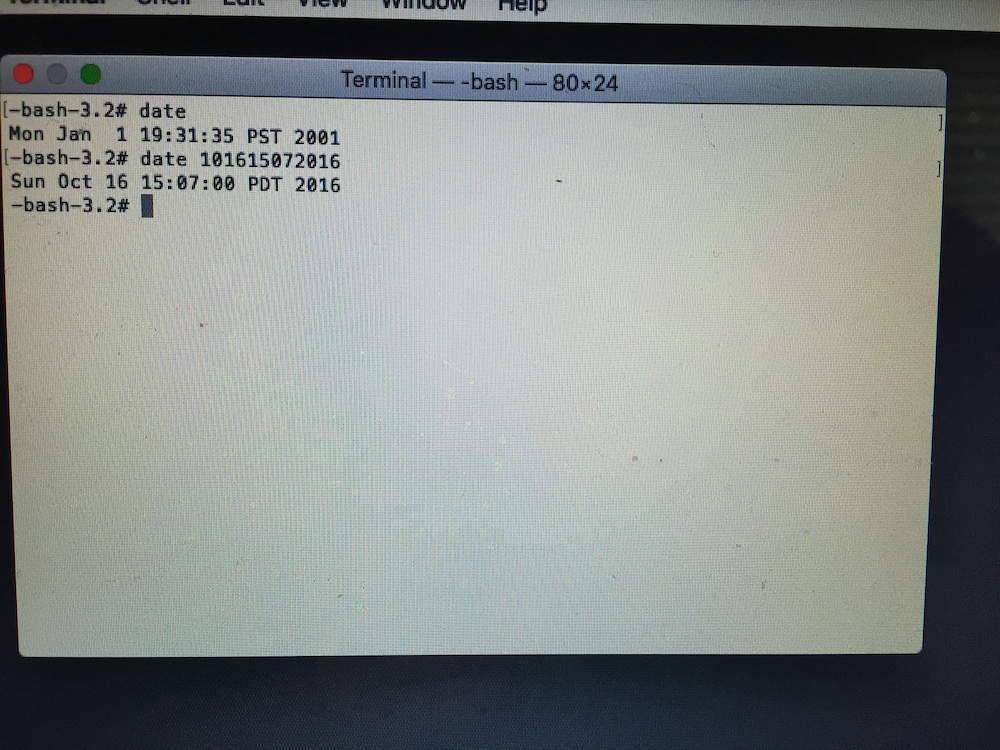Apple macOS X 10.11.6-15G31 El Capitan. In this guide, you will. Download the El Capitan disk from Apple's server, Create an installation disk from the downloaded one, Create a virtual machine using Oracle VirtualBox, Install El Capitan from the installation disk. Create the macOS X 10.11.6 El Capitan Install Disk from official sources. Sadly they didn’t work as described. I checked the example syntax for createinstallmedia and spotted that I needed to add in –applicationpath to the the install app. It’s now busy churning through copying El Capitan on to the USB so I thought I’d let you know about the glitch.

The other day a co-worker needed to borrow a Mac, so I grabbed an older MacBook Air from storage. I decided to wipe out the laptop’s flash storage and install a fresh version of OS X. I created a bootable USB flash drive installer, plugged it into the laptop, pressed the Option key as the machine booted, and then selected the USB drive as the boot disk.
If you need a gapless sequence that re-uses deleted IDs, you can have one, you just have to give up a huge amount of performance for it - in particular, you cannot have any concurrency on INSERTs at all, because you have to scan the table for the lowest free ID, locking the table for write so no other transaction can claim the same ID.

I then ran Disk Utility to reformat the drive and then ran the installer to install OS X. It looked like things were moving along, until this appeared on the screen.

I created another boot disk using a different storage drive, in case it was a hardware problem, but I got the same error. I figured that the fact that the laptop had been in storage for a while had something to do with it, and it did.
Note: This fix should work with OS X Mavericks and El Capitan. It also worked for me with macOS Sierra, which shows a different error message (“The installer payload failed signature check” pops up near the end of the installation) than the one that appears for El Capitan and Mavericks.
How to fix the problem
The installer checks the date on the computer. If the date isn’t current, you get the error above. The fix involves correcting the date on your Mac.
If you have an older OS on the Mac
If you have a complete OS on the Mac already, boot into it. Fix the date in the Date & Time system preference (Apple menu > System Preferences). Reboot using the USB boot disk, and you should be able to proceed with the installation.
If you don’t have an OS on the Mac
If you are in a situation like I was, and you don’t have a complete OS on your disk (you reformatted it), you’ll find that there’s no way to access the Date & Time system preference when you use an external USB boot installer drive. The Apple menu doesn’t give you access to System Preferences. You have to use the Terminal to set the date and time.
If you use an external boot disk, you Mac starts up into OS X Disk Utilities. You can access the Terminal by clicking on the Utilities menu and selecting Terminal. Once the Terminal has launched, follow these steps.
- At the prompt, type
dateto see the date that’s on the Mac. For example, here’s the date of the MacBook Air I worked on.
- If your Mac is connected to the internet, you can tell your Mac to check online for the current date and time. You can do this by typing at the prompt
ntpdate -u time.apple.comand then pressing Return.
Your Mac should now have the current date and time. If you enter date again (as I did in the screenshot above) the information that appears will be current. You can now run the OS installer.
If you don’t have an internet connection
You can still use Terminal to set the date. Go into the Terminal as described above, then follow these steps.
- At the prompt, type
dateto see the date that’s on the Mac. - Figure out the numerical representation of the date and time. The pattern you need to follow:
- Month: in two-digit format. For example, July is 07.
- Day: in two-digit format. For example, the 19th is 19. Another example: the 7th is 07.
- Time: in military format of hours and minutes. For example, 2:00 p.m. is 1400.
- Year: Last two digits.
In my example, the numerical representation is 0719140016. This stands for July (07) 19, (19), 2 p.m. (1400), 2016 (16).
- At the prompt, type
date [numerical], with[numerical]being the representation you figured out. In my example, I typeddate 0719140016. Then press Return.
The date should be set. You can check the date again by typing date at the prompt. You can now run the installer.
The new OS X El Capitan features a new Split View, features in Safari, Mail, Notes, Maps, and Photos, and more. To get your hands on all this new stuff, you have to install the operating system on your Mac.
If you want to perform a typical OS upgrade, it’s easy. You download it through the App Store. Here, we’ll go through the steps of installing EL Capitan from Yosemite.
It’s about preparation
Before you install the upgrade, there’s a little bit of prep work you should do. Our article on how to get your Mac ready for OS X 10.11 El Capitan is what you should read before you proceed. It covers:
- Compatible hardware and older versions of OS X
- Verifying the health of your Mac
- Installing updates
- Backups
- Encryption issues
Go read that article and come back here when you’re ready to go.
How to download El Capitan
Apple provides the El Capitan upgrade through its App Store. The download is a bit over 6GB, so you may want to download it at a time when you have other things to do—how long the download takes depends on your Internet connection and the amount of activity at the App Store. Or you can use your Mac while you wait, but be ready to save your work and quit when the download is done.
To download El Capitan, launch the App Store app in your Applications folder (or go to Apple menu > App Store). You’ll probably find El Capitan right away, especially if go to the App Store soon after the official release. Apple will probably have a banner at the top promoting El Capitan, but if you don’t see one, you can probably find it in the Free section in the far right column (you might have to scroll down to see it). And you can always do a search on El Capitan.
When you get to the El Capitan page in the App Store, click on the Download button. You may have to enter your Apple ID name and password, and after you do, the installer will download.
Copy the installer
When the download finishes, the installer automatically launches. Don’t click Continue in the installer just yet. What you may not know is that the installer is downloaded to your Applications folder and then deleted after the installation is done.
If you ever need the installer again, you can get it in the App Store. But I like to make a copy of the installer. I often have to perform OS installations, so I make a bootable flash drive that I can use; it’s a lot faster than waiting for the download.
To copy the installer, you need to hold down the Option key as you drag the Install OS X El Capitan app in your Applications folder to the copy destination. If you don’t hold down Option, you’ll create an alias, not a copy.
Install El Capitan
OK, now you can click that Continue button in the installer window. (If the installer isn’t running, go to your Applications folder and double click the Install OS X El Capitan app.) You’ll be asked to agree and then confirm that you agree to the license agreement.
The next screen will ask you to select the disk for the El Capitan installation. If you have one storage device with one partition, you’ll see it in the installer window. But if you have multiple storage devices and/or multiple partitions, you can select the one you want by clicking the Show All Disks button. Make your selection and click Install.
To continue, you must enter your username and password. The install will prepare to install, restart your Mac, and perform the installation. The Mac may restart again during the installation process. The install will take several minutes, so you may want to go for a walk, call your mom, take a nap, or catch up on chores while the software does its thing.
When the installation is finished, the Mac will restart and you’ll need to log in with your username and password. You may be asked if you want to send diagnostic data to Apple and that you need to log in with your Apple ID, and then a setting up screen will appear and go away. You’re done.
Want to do a clean install of El Capitan?
Cannot Install El Capitan On Mac
A clean installation is when you install the operating system on a blank storage device. You can do this by creating a bootable El Capitan installer, and then use it as the boot drive for your Mac. You run Disk Utility to erase your drive and then proceed with the El Capitan installation.
Cannot Install El Capitan On Macbook
Once the installation is done, you use Migration Assistant to transfer your data from a Time Machine backup.
Install El Capitan Os
Why should you do a clean install? Maybe you partitioned your storage device and want to change the scheme. Or maybe you’ve installed and removed lots of apps over time and want to get right of any lingering software components—if this is the case, don’t restore your data from a Time Machine backup. Manually copy your files and reinstall your software.